How to Cook Perfect Korean Rice on the Stove
Cook fluffy, glossy Korean short-grain rice on the stove in about 30 minutes. This simple pot method is how I’ve made rice for years—easy steps, the right water ratio, and the perfect texture for everyday Korean meals.
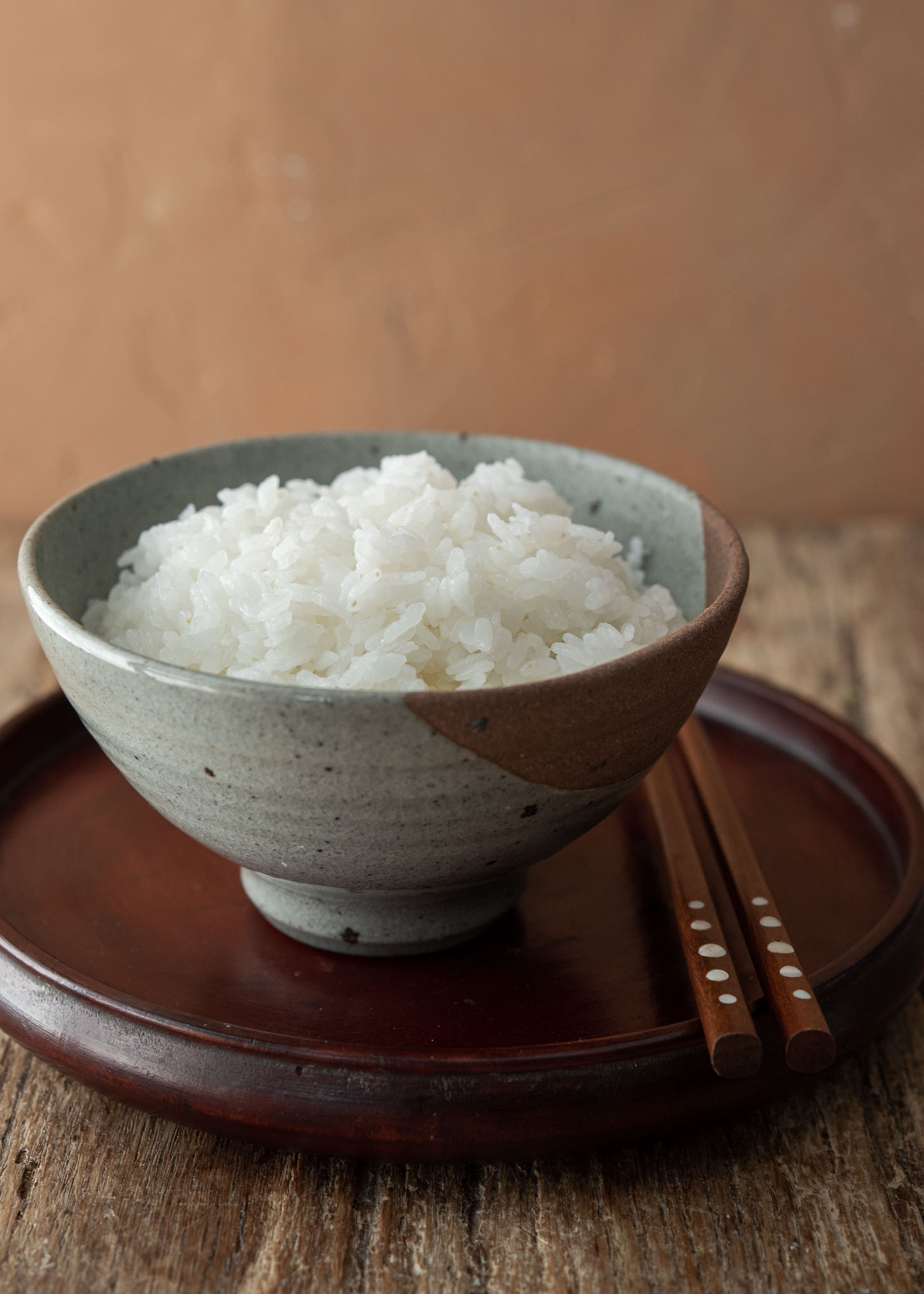
I grew up eating rice cooked on the stovetop, not in a rice cooker. My mother owned a rice cooker, but she used it for everything except rice — classic Korean mom move, LOL.
Cooking Korean rice in a regular pot is simple once you know the right water-to-rice ratio, and I still prefer this method today. After making it thousands of times, I can almost do it with my eyes closed (if I’m allowed to exaggerate a little).
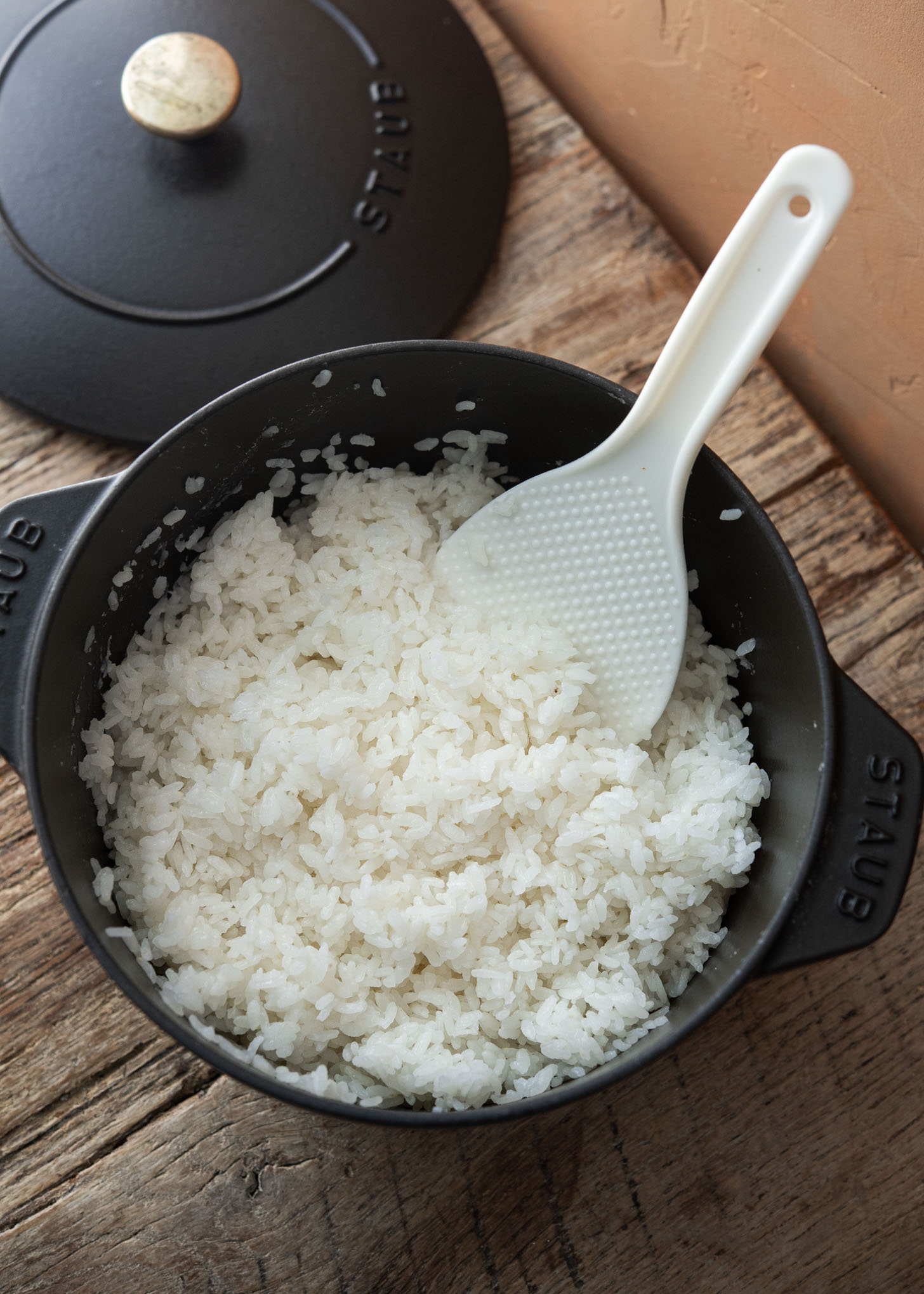
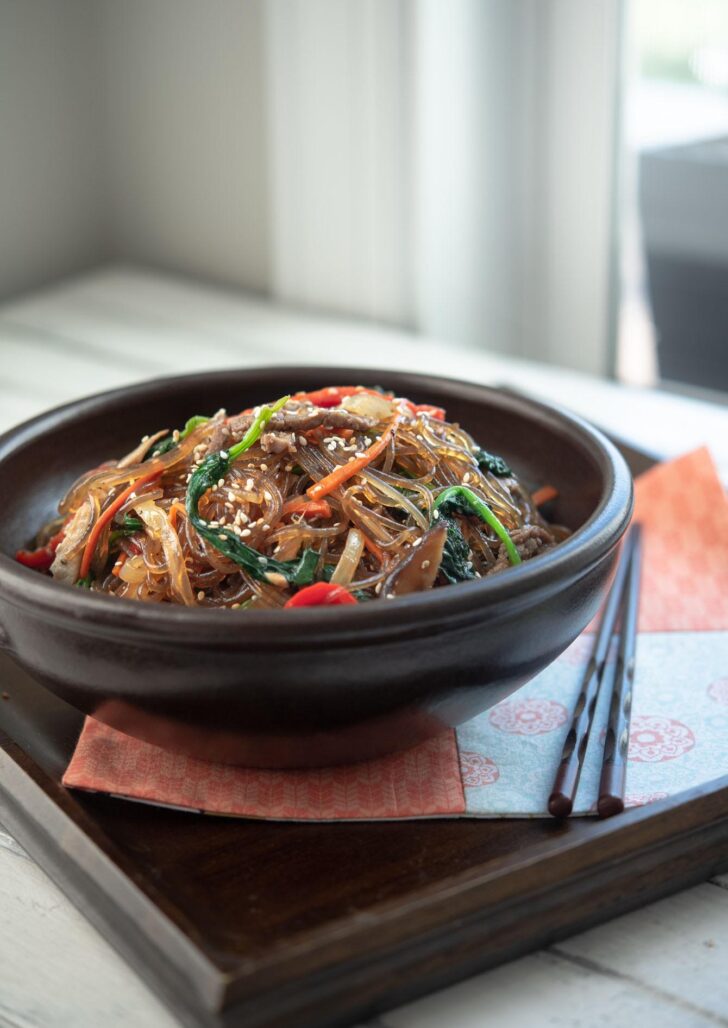
Get new recipes via email:
The result is fluffier and shinier than the electric version — perfect for everyday Korean meals, especially bibimbap where warm, glossy rice is the base of everything.
And honestly, once you get used to rice cooked this way, it’s hard to go back to a rice cooker.
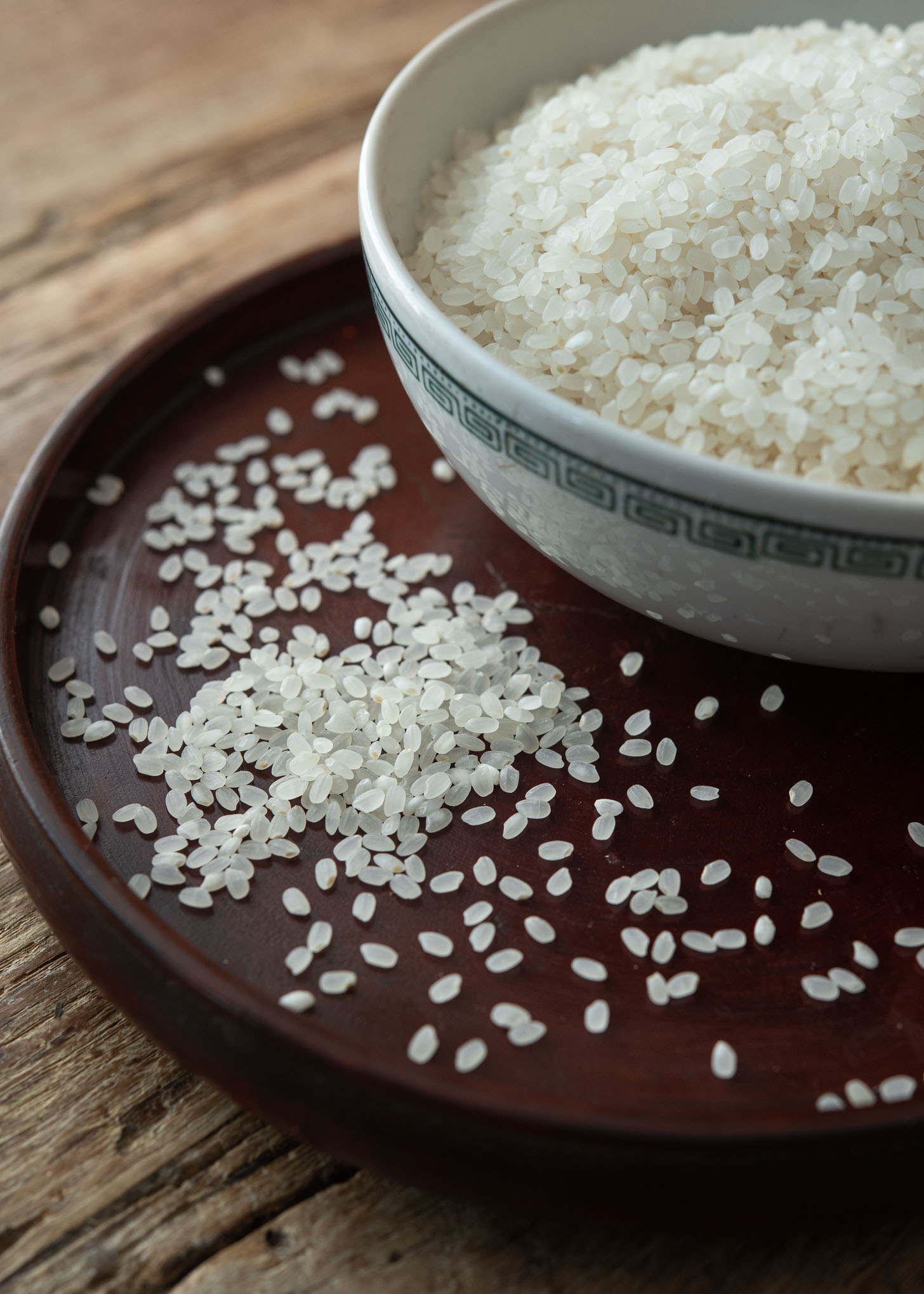
Choose the Right Rice
For classic Korean rice (ssal, 쌀), use short-grain white rice (baekmi, 백미). It has that glossy, slightly sticky texture you want for everyday Korean meals and works beautifully with chopsticks. If you’re curious about the different varieties we use in Korean cooking, I break them down in my Types of Korean rice guide.
If you enjoy heartier or more nutritious rice, you can also make japgokbap (Korean multigrain rice), which combines white rice with grains and beans for extra flavor and chew. But for basic stovetop Korean rice, stick with short-grain white rice for the most traditional texture.
Avoid long-grain varieties like jasmine or basmati — they stay too separate and won’t give you that soft, clingy Korean feel.

The Best Pot for Cooking Rice
For stovetop short-grain rice, a heavy-bottomed pot with a tight-fitting lid works best. Traditional Korean ttukbaegi (뚝배기), cast iron, or earthenware pots hold heat evenly and help the rice steam properly.
Dutch ovens and Japanese-style Kamado-san clay pots are also excellent choices because they retain heat well and prevent scorching.
If you don’t have specialty cookware, a sturdy stainless-steel or aluminum pot with a snug lid will still give you great results. Just make sure it’s large enough to prevent boil-overs and allow the rice to cook evenly.
How to Cook Korean Rice on the Stove

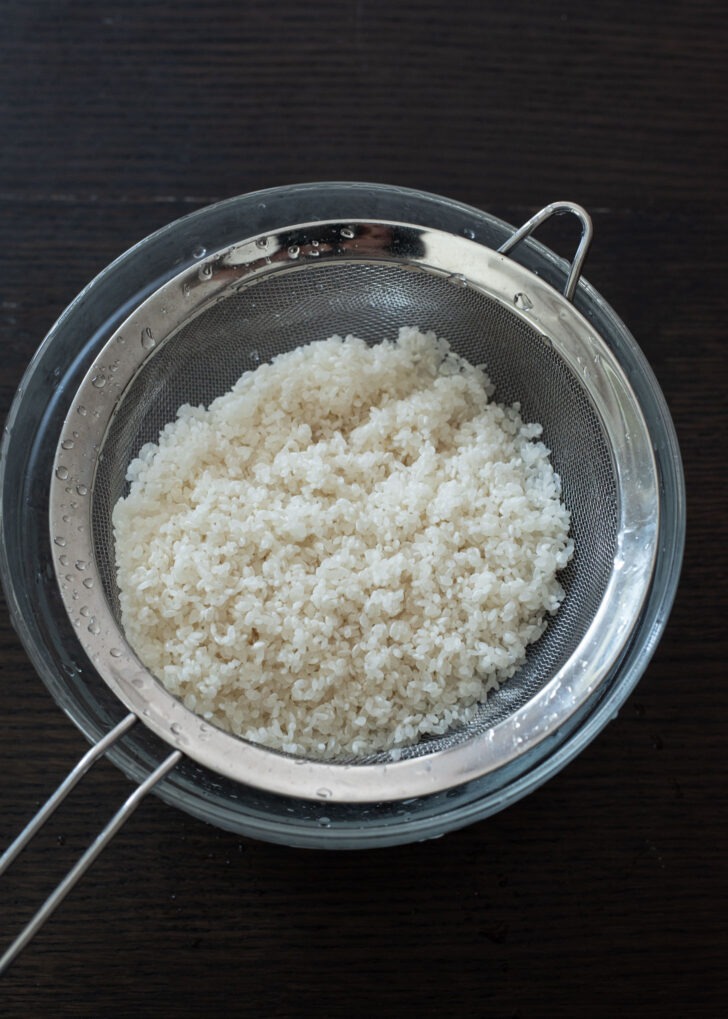
Rinse the rice a couple of times until the water looks mostly clear. A gentle swirl with your hand is enough to wash off the excess starch so the grains cook up fluffy instead of sticky. You don’t need to scrub hard — short-grain rice is delicate, and a light touch goes a long way.
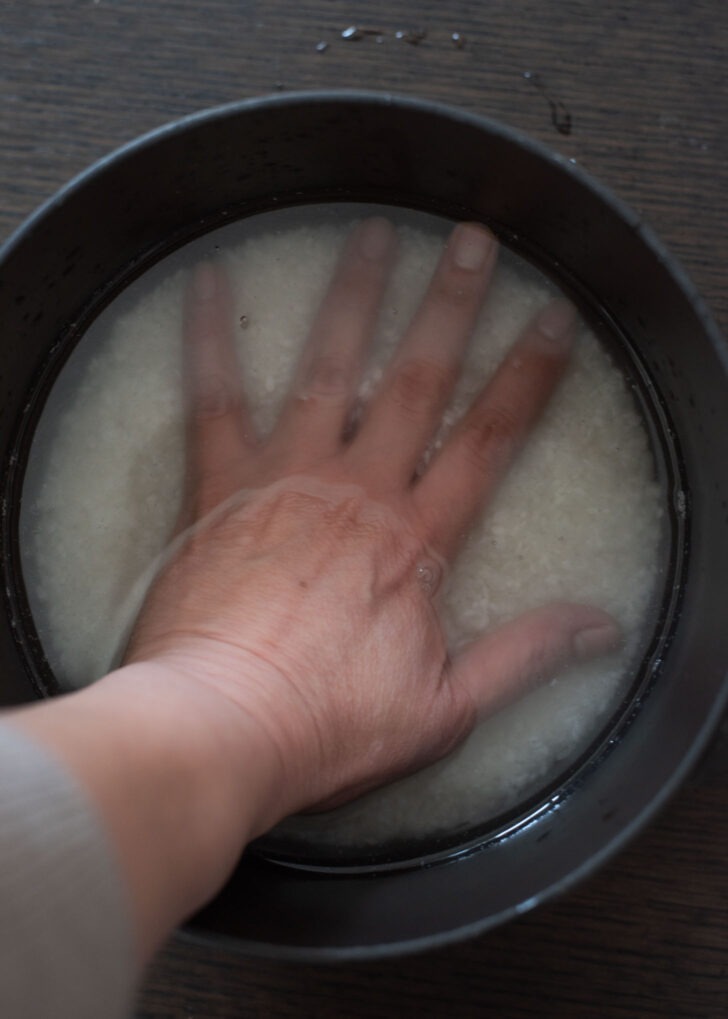

Add the right amount of water. After draining the rice, add it to your pot and pour in the water based on the ratio you prefer. Many Korean home cooks use the “knuckle method,” where the water just reaches the first joint of your finger — a trick that works surprisingly well once you’re used to it.
For everyday short-grain Korean rice, I usually stick close to a 1:1.25 ratio (rice to water) — it gives the grains that classic glossy, tender texture without turning mushy. Letting the rice sit for about 10 minutes helps the grains hydrate evenly.
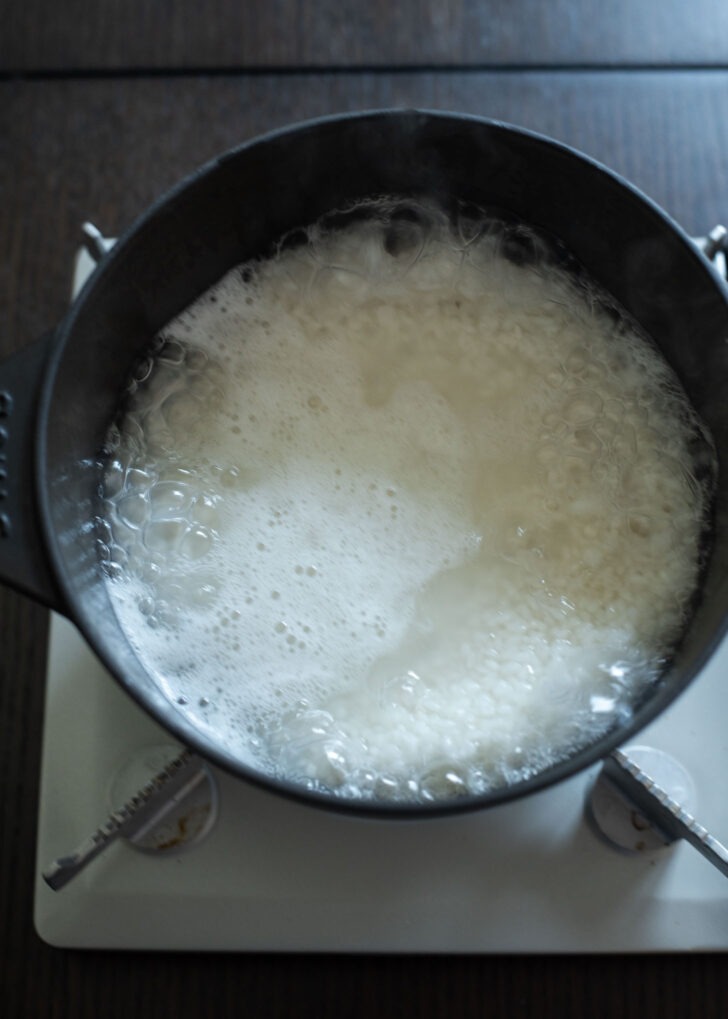
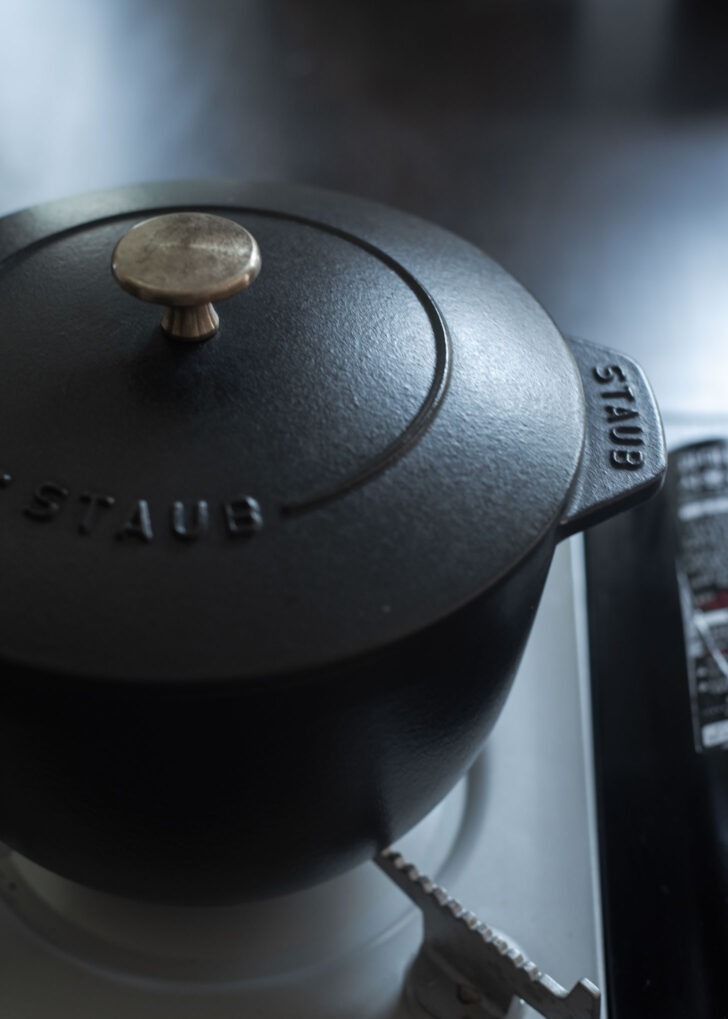
Cook and steam. Cover the pot and bring it to a boil over medium-high heat. Once you hear a steady simmer, reduce the heat to low and let it cook gently. When the water is absorbed, turn off the heat and keep the lid closed for another 5–10 minutes. This resting time lets the grains finish steaming for the best texture.


Fluff and serve. Fluff the rice with a rice paddle, lifting lightly to release steam without mashing the grains. At this point, it’s ready for any Korean meal — simple, comforting, and perfectly textured.
If you enjoy the crispy bits at the bottom of the pot, you can take it a step further and make nurungji (Korean scorched rice) for a delicious, old-school treat.
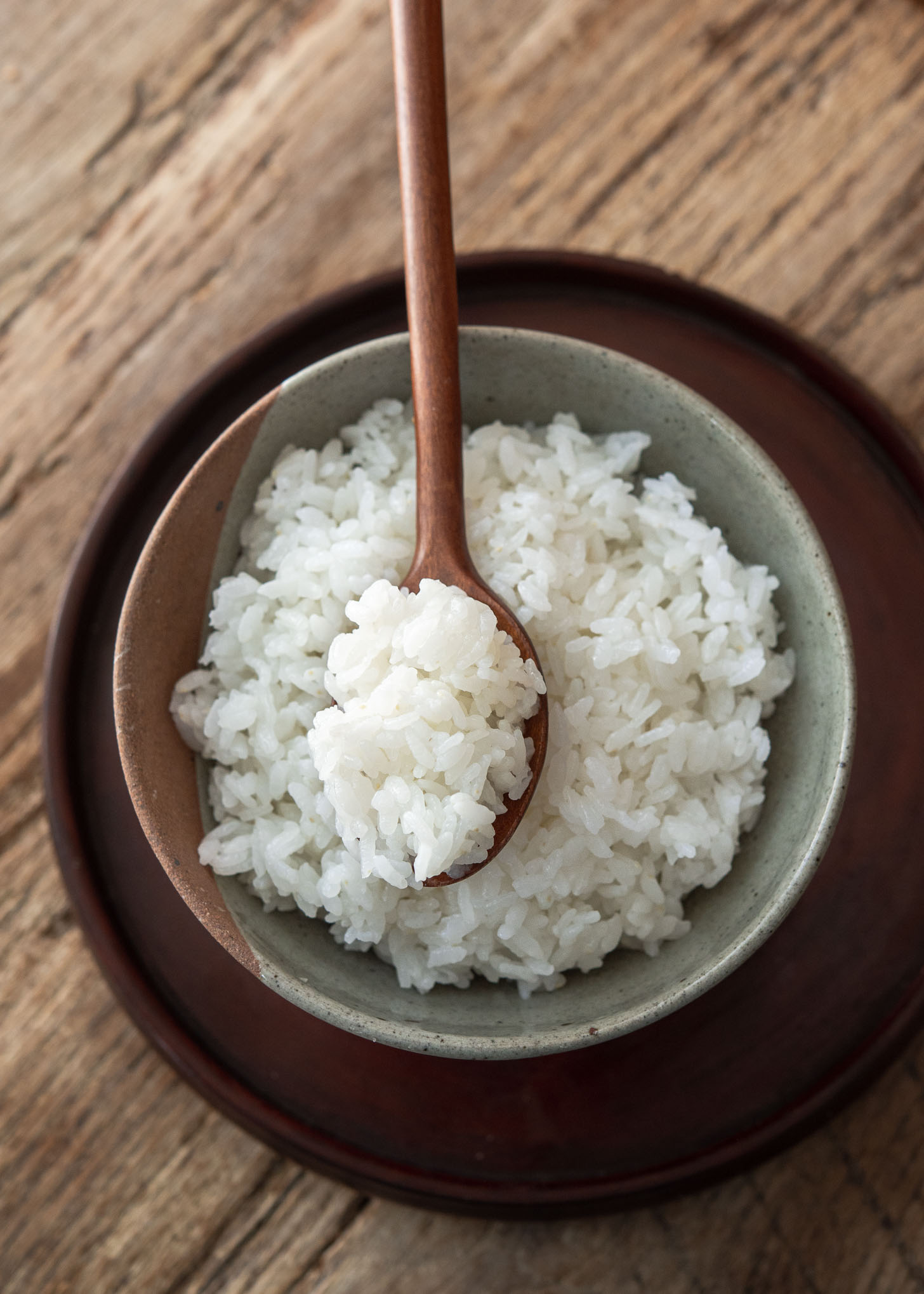
Tips for Storing and Reheating Rice
If you have leftover rice, freeze it in small portions using freezer-safe bags or containers. When you’re ready to eat, place the frozen rice in a microwave-safe bowl and heat on high for about 2–2½ minutes. It comes back soft and steamy, surprisingly close to freshly cooked.
I love keeping a few portions in the freezer. It makes it so easy to put together my favorite Korean rice dishes on busy days.

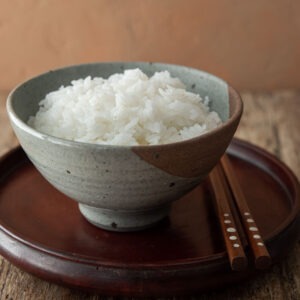
Korean Rice (Stovetop Method)
Recipe Video
Ingredients
- 2 cup (480 ml) short grain or medium grain rice
- 2 1/2 cup (600 ml) water
Equipment
Instructions
- Add enough water to cover the rice, swirl once or twice, and drain immediately to remove the milky water. Rinse 3–4 more times until the water looks mostly clear. Drain well in a fine-mesh strainer.
- Transfer the drained rice to a heavy-bottomed pot. Add the measured water (based on your rice-to-water ratio) and let it soak for about 10 minutes.
- Cover the pot and bring it to a boil over high heat. Once boiling, reduce the heat to low and simmer for 10–12 minutes, keeping the lid closed as much as possible.
- Turn off the heat and let the rice steam for 5–10 minutes. Fluff gently with a rice paddle or fork before serving.
Notes
- The basic ratio for cooking short grain white rice is 1:1.25 (rice to water). However, this ratio can vary depending on personal preference and the age of the rice. Newly harvested rice may require less water, around 1:1 ratio, while rice that has been stored for over a year may require more water, around 1:1.5 ratio. If you prefer a softer and stickier texture, you may need to increase the amount of water accordingly.
- If you’re using a lightweight pot, crack the lid slightly as it boils to prevent overflow. Because more steam escapes, you may need a touch more water than the base ratio.

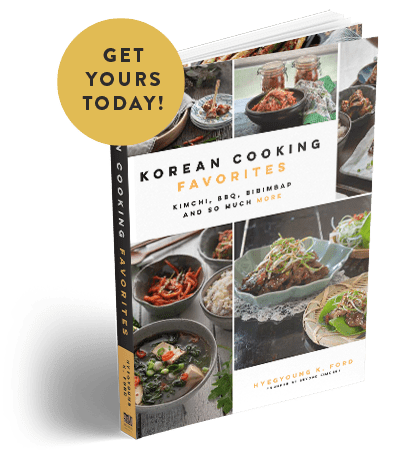
Thank you for sharing your story about your grandmother. She sounds lovely and I can just picture her hanbok making yummy rice in the old fashion stove. I’m glad you still have lovely memories of her. Thank you for sharing!
Beautiful memory. Thank you for sharing it!!!
Helllllo meeee again. Loving your blog. Do you have a fool proofed recipe to making egg fried rice..? Apologies if it is on the site but have not been able to locate it, if it is.
Hi Helen
Is this the recipe that you are looking for?
https://www.beyondkimchee.com/express-egg-rice/
I’m not a fan of these beans (my mum loves it though!), but I think I will try this because you make it look so good! Thanks for sharing such a heart warming story of your grandma. Your reci[pes are the best because they come with stories x
(lucylovestoeat.com)
I made this for my husband and me last night and it was AMAZING and so easy. Thanks for the great, easy recipe! Five stars!!!
That is just wonderful, Sarah! I am glad that both you and your husband liked it.
I’ve never tried this type of beans, but I can imagine this rice will go well with all the korean dishes!
I was surprised when I learned Koreans cooked rice with their beans when I was watching a Kdrama. However, I would imagine it would taste good! Vietnamese people have dessert rice with beans as well. 🙂
Rice mixed with various types of beans is common in Korea. It brings more texture and flavor to the plain rice.
This is such an essential recipe with a heartwarming memory to go with it 🙂
I add beans to cooked rice all the time, but never cook the beans with the rice. Fun idea! Thanks for this.
Yes, it makes rice more exciting and tasty. Thanks John!
Thanks for sharing your beautiful story and recipe with us!
Thanks for reading, Steph. Hope you get to try cooking rice on the stove!
Thank you for such a heartwarming and lovely memory of your grandma! I’ve never cooked beans with rice but they look so colourful and yummy that I’m tempted to try. I love the soft blue-green (celadon?) glaze and shape of your rice bowl btw.
Thanks Jeanne. The soft blue green rice bowl is from Korea. I love it, too!